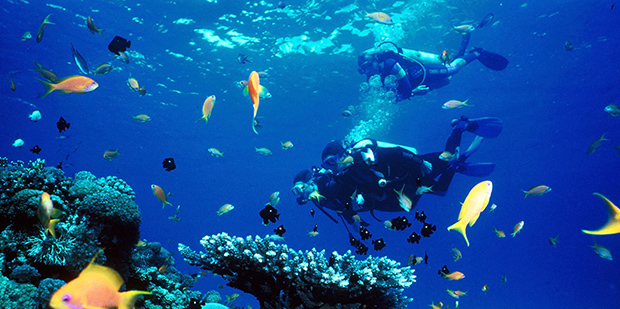
Each individual coral is a tiny filter feeder that catches plankton (microscopic plants and organisms) for nutrition with its tentacles.īut corals have another means of nutrition as well: they harbour microscopic green algae within their tissue. Each coral takes the form of an individual polyp and lives in a colony with many other tiny polyps. A coral is, simply put, a small sea anemone with a skeleton. Despite these low levels, coral reefs still grow significant amounts of new biomass through two diverse nutrient pathways.Ĭorals are animals and, in the first pathway, they eat like any animal would. These ecosystems thrive in clear water, where nutrient levels are low. Witnessing such a reef is an enthralling experience for the novice diver and expert marine biologist alike.

Because the multiple cracks and crevices between the coral fingers help hide smaller fish from the hungry mouths of predators such as groupers and sharks, the small fish never venture too far from their coral homes. This is where impressive towers of hard and soft corals cover almost every square metre of the seafloor, and countless species of colourful reef fish frolic among the intricate three-dimensional structures created by the corals. On one end are the pristine, sun-flooded coral reefs well known and loved by scuba divers. How will the oceans transition to this new normal? It’s useful to think about coral reefs on a gradient, from the least to the most disturbed. Corals will live on, though in very different form than the ones that thrive now we also think that the food web will become simplified and dominated by different, much smaller fish. Our main interests are coral reefs, and we want to share some of our thoughts about their future based on our knowledge of unusually stressed ocean ecosystems and evolution. That’s hardly an excuse for inaction in the face of the climate crisis, but it is certainly fascinating to predict how the major ecosystems of our home Earth will look in the intermediate and distant future, should atmospheric chemistry and climate change continue along the trajectories seen today. While plant and animal life would be better off without humanity’s climate-altering activities, our planet nonetheless shows resilience and the ability to adapt. Does it also apply to the ecosystems of Earth? We think it could. It was Friedrich Nietzsche who wrote: ‘What does not kill me makes me stronger.’ The aphorism offers good guidance during triathlon training and, often, through the tough times in your private life.


 0 kommentar(er)
0 kommentar(er)
